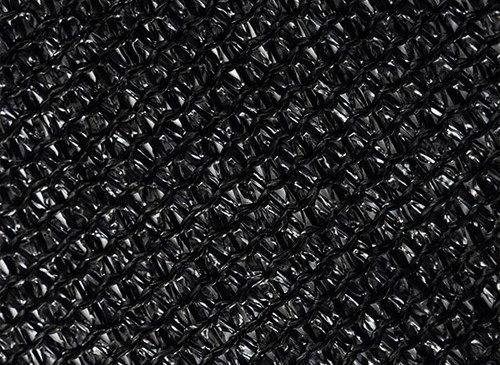In modern infrastructure and agricultural sectors, HDPE Fencing Net emerges as a preferred solution for durable, low-maintenance barrier systems. Their role expands beyond basic containment; they now contribute to sustainable, efficient, and resilient fencing systems.

HDPE Fencing Net and Sustainability Focus
Sustainability drives much of the recent interest in HDPE fencing net products. Many manufacturers adopt 100 % recyclable HDPE resins, enabling nets to enter circular material flows at end of service life. The absence of rust, rot, and metal corrosion makes HDPE nets attractive in wet, salty, or chemically aggressive environments. Their weight and flexibility ease transport and installation, reducing fuel and labor costs.
In parallel, demand rises for fence systems that require less frequent replacement. Systems built using HDPE fencing net can span multiple years before performance declines. That longevity lowers waste, reduces total cost of ownership, and aligns with green construction or farming initiatives.
HDPE Fencing Net and Durability Features
Durability stands central to HDPE fencing net’s appeal. These nets resist UV degradation, chemical exposure, and environmental abrasion. Their resistance to many common agricultural chemicals or saline sprays protects structural integrity over long term. Hard edges, reinforced border knits, and uniform weaving patterns enhance mechanical strength and reduce tear risk.
Manufacturers test nets under accelerated aging environments to rate useful life. Nets often undergo tension, UV, and chemical testing to ensure performance stability across climate zones. High GSM and denser knit structures appear in high-stress settings like livestock enclosures or coastal perimeters.
HDPE Fencing Net Production Innovation
Factory innovation plays a key role in improving consistency, cost, and capability. Modern production lines integrate digital tension control, automated mesh inspection, and real-time defect detection. That capability reduces waste, ensures uniform mesh geometry, and accelerates throughput. Some factories deploy robotic adjustments that fine tune yarn feeding or edge binding on the fly.
Production lines capable of rapid specification switches enable small batches or custom runs. That flexibility suits markets where buyers require nonstandard widths, colors, or mesh patterns. Efficient inventory management, modular tooling, and predictive maintenance further optimize factory operations.
HDPE Fencing Net Application Domains
HDPE fencing net finds use across agriculture, livestock, boundary protection, security fencing, and erosion control. In farms, it restrains animal movement while reducing injury risk thanks to net flexibility. In perimeter security, transparent nets provide barrier function without heavy visual obstruction, blending into surroundings.
In slope or embankment settings, HDPE fencing net helps control soil erosion by acting as support mesh. In coastal or industrial zones, its chemical resistance protects against harsh exposures.
HDPE Fencing Net Design & Custom Trends
Design trends influence customer choices. Colored nets (green, black, brown) now offer aesthetic integration into landscape or architecture. Some net lines include UV-stabilized pigments that retain color over long duration. Custom widths, variable mesh sizes, and reinforced borders satisfy specific site needs.
Buyers increasingly demand adaptability: roll widths matching post spacing, cut-to-length services, and integrated mounting systems. Factories that support online configurators or visual previews of fence layouts gain competitive edges.
Recommanded Product
HDPE Fencing Net is now a trusted solution for modern fencing. It provides solid durability, simple maintenance, and lasting performance. For farms, construction sites, or outdoor areas that need secure fencing, Fence Mesh FMS002 delivers dependable strength and easy handling.
For more detailed product information, please consult Yinong Company.



 英语
英语 西班牙语
西班牙语










